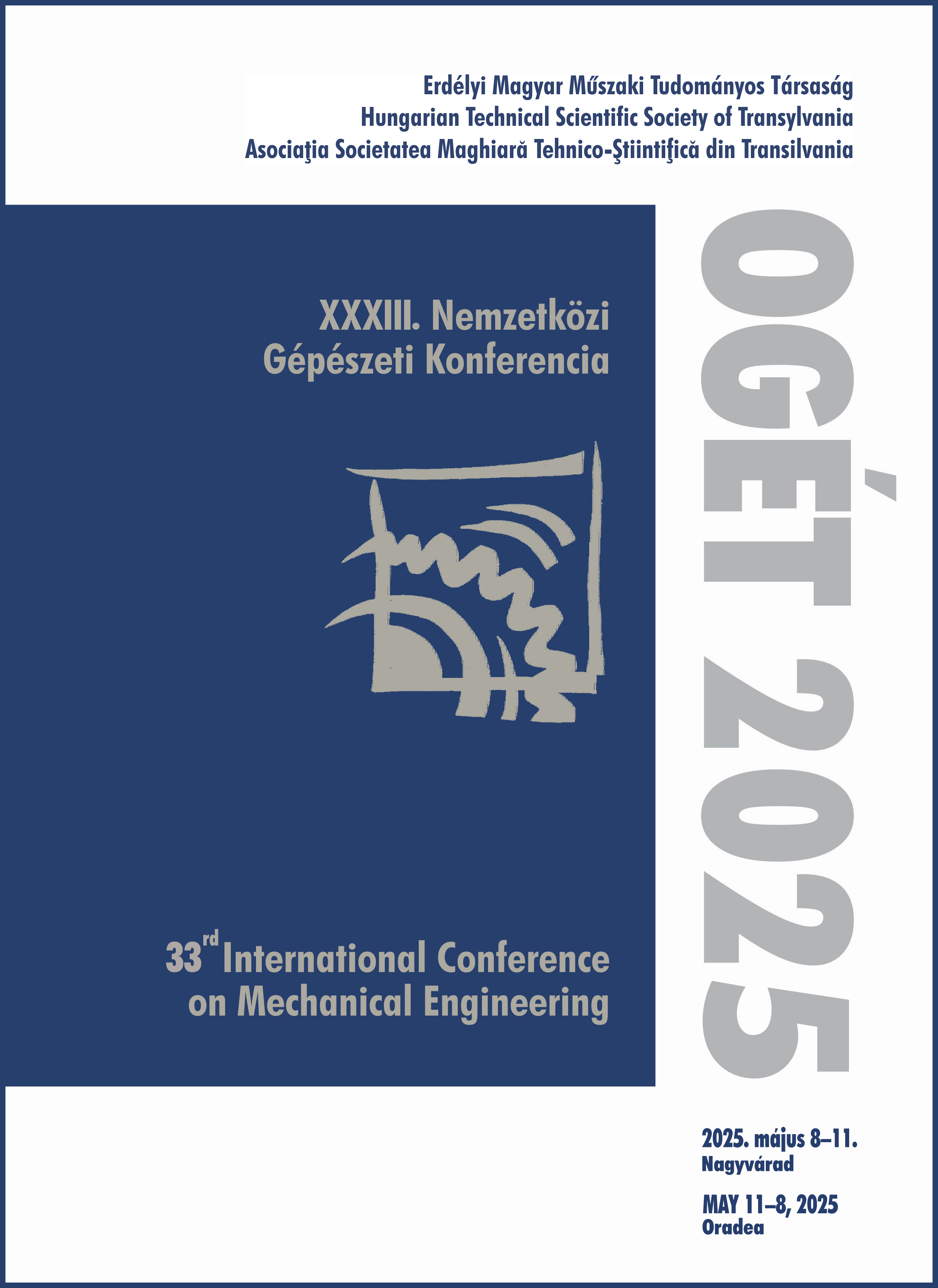A Mesterséges Intelligencia SWOT analízise az oktatásban való alkalmazásának összefüggésében
SWOT analysis of Artificial Intelligence in the context of its application in education
Keywords:
Artificial Intelligence, Education, CNC technology, SWOT analysis, /, Mesterséges Intelligencia, Oktatás, CNC technológia, SWOT elemzésAbstract
Artificial intelligence (AI) is playing an increasingly significant role in the field of education, bringing numerous benefits to both students and teachers. The aim of my research is to examine the integration of artificial intelligence into CNC technology (programming) education. Integrating AI into education is a long and complex process, with the first task being to explore the characteristics of the related fields (AI, Education, CNC) and their adaptation, as well as their mutual impacts. SWOT analysis is an appropriate tool that allows for the presentation of the characteristics of the field that determine the success of the adaptation process. The SWOT analysis process is divided into two distinct phases: the planning phase and the implementation phase. In this article, we formulate the plan necessary for the analysis process.
Kivonat
A mesterséges intelligencia (MI) egyre nagyobb szerepet kap az oktatás területén, ami számos előnnyel jár a diákok és a tanárok számára. Kutatásom célja a mesterséges intelligencia CNC technológia (programozás) oktatásába való bevonásának vizsgálata. Az MI oktatásba integrálása hosszú és bonyolult folyamat, melynek első feladata a kapcsolódó területek (MI, Oktatás, CNC) tulajdonságainak, és az adaptálásra, valamint az egymásra gyakorolt hatásainak feltárása lesz. A SWOT analízis megfelelő eszköz, mely a terület azon tulajdonságainak bemutatását teszi lehetővé, amelyek meghatározzák az adaptálási folyamat sikerességét. A SWOT analízis folyamatát két jól elkülöníthető szakaszra bontjuk. A tervezési fázisra és a megvalósítási szakaszra. Ebben a cikkben az elemzési folyamathoz szükséges tervet fogalmazzuk meg.
References
Olaf Zawacki-Richter, Victoria I. Marín, Melissa Bond, Franziska Gouverneur. (2019). Systematic review of research on artificial intelligence applications in higher education – where are the educators? International Journal of Educational Technology in Higher Education, https://doi.org/10.1186/s41239-019-0171-0
Helen Crompton, Diane Burke. (2023). Artifcial intelligence in higher education: the state of the feld. International Journal of Educational Technology in Higher Education, https://doi.org/10.1186/s41239-023-00392-8
Firas Almasri. (2024). Exploring the Impact of Artifcial Intelligence in Teaching and Learning of Science: A Systematic Review of Empirical Research. Research in Science Education (2024) 54:977–997, https://doi.org/10.1007/s11165-024-10176-3
https://corporatefinanceinstitute.com/resources/management/swot-analysis (megtekintés: 2025. 03. 05)
https://en.wikipedia.org/wiki/SWOT_analysis (megtekintés: 2025. 03. 05)
Benzaghta, M. A., Elwalda, A., Mousa, M. M., Erkan, I., & Rahman, M. (2021). SWOT analysis applications: An integrative literature review. Journal of Global Business Insights, 6(1), 55-73. https://www.doi.org/10.5038/2640-6489.6.1.1148
Marilyn M. Helms, Judy Nixon, (2010) "Exploring SWOT analysis – where are we now?: A review of academic research from the last decade", Journal of Strategy and Management, Vol. 3 Issue: 3, pp.215-251, https://doi.org/10.1108/17554251011064837
https://gowico.com/blogs/buyers-guides/swot-analysis-for-a-new-cnc-machine-investment (megtekintés: 2025. 03. 05)


